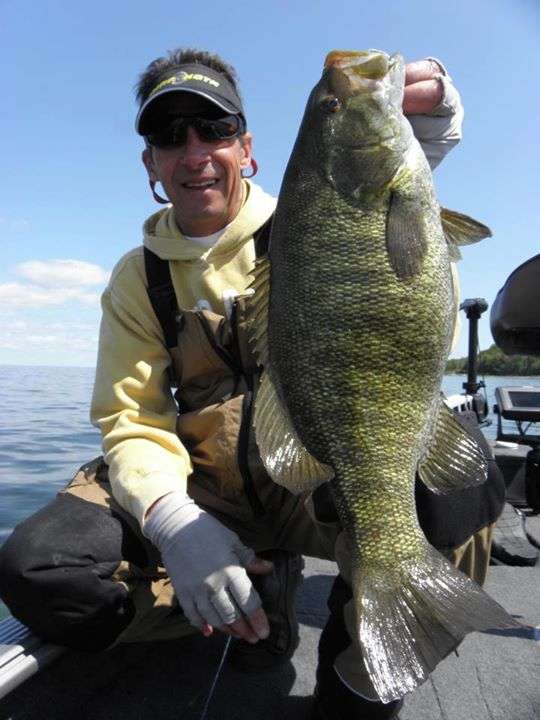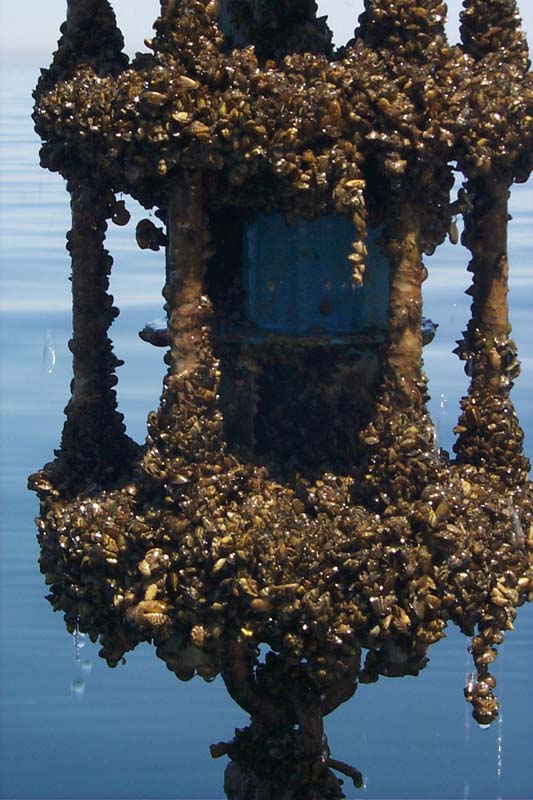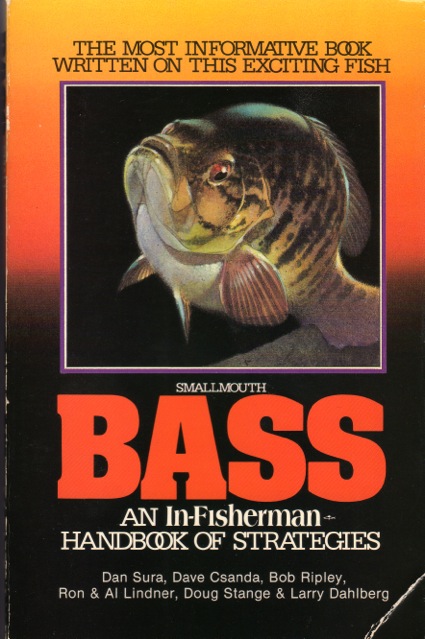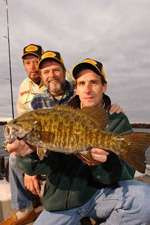
Perhaps no other factor has contributed more to the increased top-out size of smallmouth bass than the mild fall weather we have recently experienced across North America. For over a decade — from about 2000 to 2012 — long, lingering, warm autumn months kept the water warmer for extra weeks in fall. Some years, we also experienced early springs due to early ice-outs in northern locales.
While there has undoubtedly been local variation at times, these general patterns remained quite consistent in the northern one-third of the U. S. during that time frame. The warming trend extended west into the Dakotas, right on up to Idaho. Out east, the Great Lakes were also affected, as were nearby prime smallmouth waters like Lake Simcoe, Lake Champlain and the St. Lawrence River. Accompanying this trend, lakes experienced a growth in average fish size, apparently benefitting from a longer growing season.
Prior to the overall warm-up, a typical fall season on Mille Lacs Lake in Minnesota typically ran something like this:
After Labor Day, the first week of September generally witnessed a steady cooling of the water column as the environment began shifting from a late-summer to an early-fall weather pattern.
On Mille Lacs, fish groups that utilized the lake’s many rock reefs and surrounding scattered weeds would begin moving to nearby sharp drop-off areas that plunge at a sharp angle from about 5 to 25 feet in depth, typically with hard bottom. These eventually become wintering areas where smallmouths eventually settle into relative dormancy for the long Minnesota winter.
During these early-fall shifts in location, schools of bass continue feeding, although at a slowly diminishing rate, until the water temperature dips to about 42F. At 42F, smallmouths tend to become quite logy and become very difficult to catch on artificial lures. As ice begins to form across the surface of the lake, smallies usually lie next to rocks, boulders, logs or in dish-shaped depressions in the bottom, slowing their movements to a crawl. They remain in this mode until they shift into prespawn movements that begin to draw them shallow again in early spring, shortly after ice-out.

Interestingly, at the 45F range in fall, the fish usually continue to bite well and will strike many forms of artificials, indicating a willingness to feed. And in recent seasons, with the water temperature lingering between 49 and 42F for several additional weeks each year, evidence suggests that the additional fall feeding activity contributed mightily to the surprising growth spurt of smallmouths. Compare that to 20 years ago, when the Mille Lacs smallmouth bite typically became tough around the third week of October, and the lake began freezing in mid-November.
Imagine our joy when, during the recent years of lingering warm weather, smallmouths were actively feeding and biting artificials right up through Halloween —sometime longer! And even after that, we were still able to play trick or treat with them by lowering a live bait (like a tantalizing redtail chub) and deadsticking it in place before their eyes and noses, tempting reluctant bites long after artificials became unproductive.
What we witnessed here in Minnesota could pretty much be replicated to some degree in other areas of North America. Any place where the water ices up and feeding slows, a few additional bonus weeks of mild water may leave the water open longer, resulting in sustained fall smallmouth activity and increased growth.

Is it a permanent result of global warming or simply a cycle that will eventually reverse the trend toward longer growing seasons and increased smallmouth size? Only time will tell. In the mean time, let’s all take advantage of the bonanza, catching big bass in the process.
In future articles, we will explore the ramifications of many different factors on today’s smallmouth bass fishery. And more importantly, how you can use all this information to catch more and bigger fish.
To learn more about what Al, James and Ron Lindner are doing, go to their web site. It’s loaded with great fishing information, a complete schedule of where their television shows play, plus a list of their award-winning DVDs. You can also follow Ron on Facebook under both Ron Lindner and Angling Edge.





